585.204.6770
sale@sanblueplastics.com
Your Source for Trays!
Ultimate Guide to Choosing Foam Inserts for Boxes: Protect Your Products with Confidence
When it comes to ensuring your products arrive at their destination safely, the choice of packaging materials is crucial. One of the most effective solutions for protecting delicate items during shipping is the use of foam inserts for boxes. These custom-designed inserts not only provide superior cushioning but also prevent movement within the packaging, reducing the risk of damage. In this ultimate guide, we will explore the various types of foam inserts available, how to choose the right one for your specific products, and the benefits they offer in terms of protection and presentation. Whether you are shipping electronics, glassware, or any fragile items, understanding how to select the best foam inserts for boxes can give you the confidence you need to ensure your products reach your customers in perfect condition. Join us as we delve into the essential factors to consider when incorporating foam inserts into your packaging strategy.
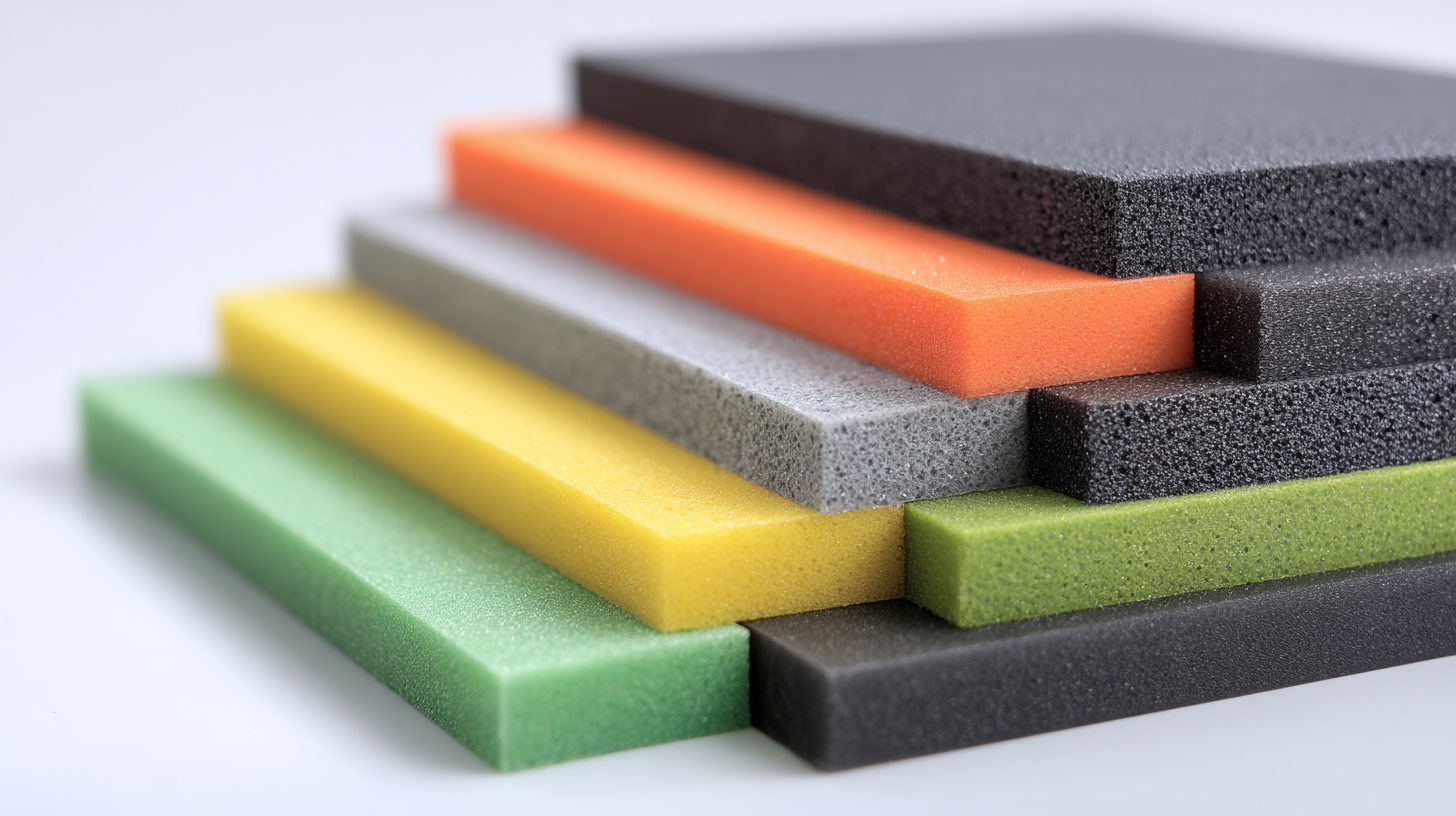
Factors to Consider When Choosing Foam Inserts: A Comprehensive Overview
When it comes to selecting foam inserts for your boxes, several key factors must be taken into consideration to ensure your products are well-protected during transit. First and foremost, you should evaluate the size and shape of your items. Custom-fit inserts effectively secure goods and minimize movement, reducing the risk of damage. Additionally, consider the material properties of the foam, such as density and resilience, to match the level of protection required for your specific products. Higher density foams may provide more robust support, particularly for fragile or heavy items.
Another significant aspect is the environmental impact of the materials you choose. Eco-friendly foam options are becoming increasingly popular, as businesses look to reduce their carbon footprint. Investigating biodegradable or recyclable foam inserts can not only align with sustainable practices but may also appeal to environmentally conscious customers. Finally, budget constraints should be factored in, balancing cost-effectiveness with quality. Investing in quality foam inserts is a crucial step in safeguarding your products and ensuring they arrive at their destination in pristine condition.
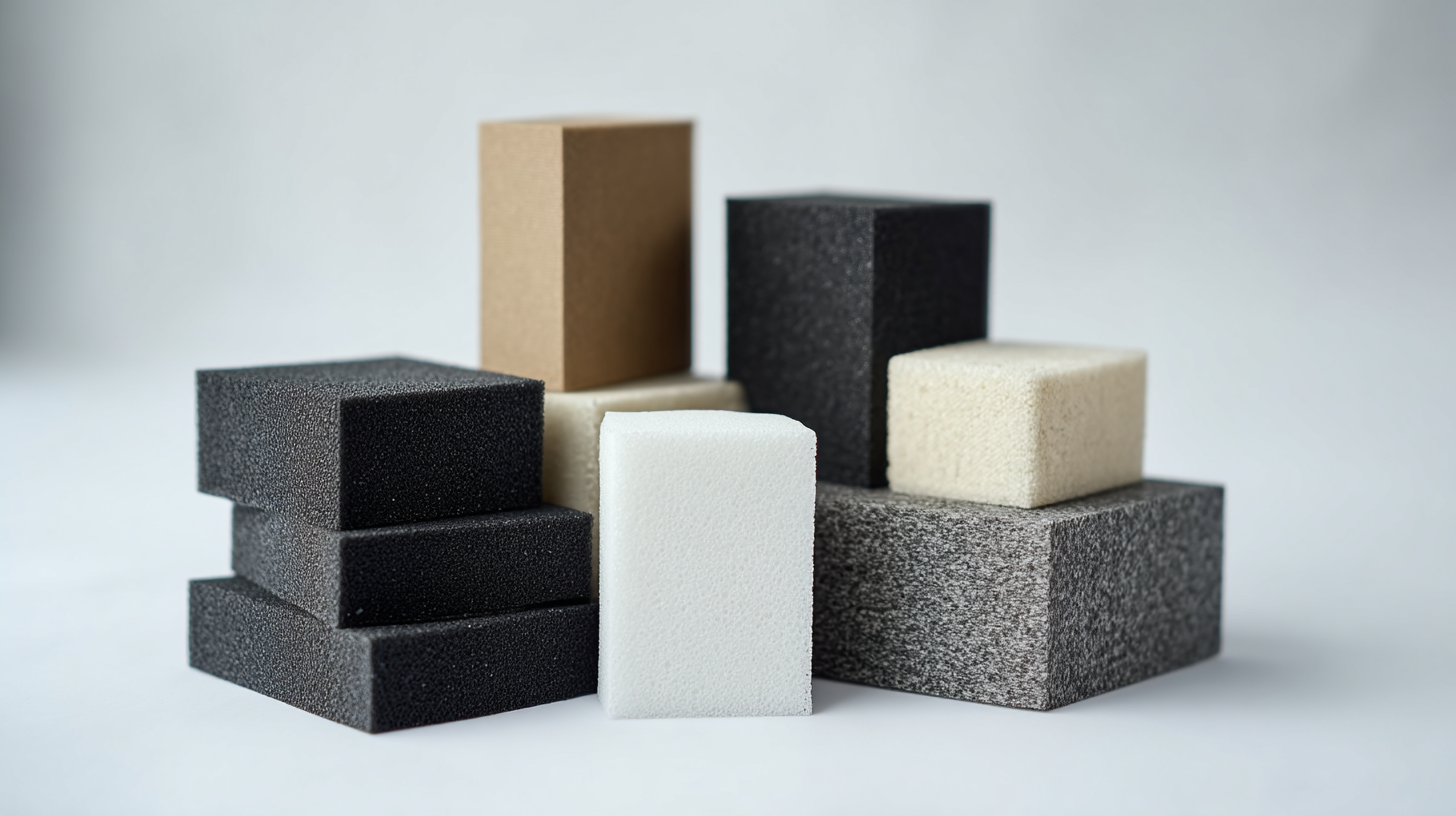
Understanding Different Types of Foam Materials: Which One Suits Your Needs?
When selecting foam inserts for your boxes, understanding the different types of foam materials available is essential. Each type serves a unique purpose and provides varying levels of protection. For example, polyurethane foam is lightweight and offers excellent cushioning, making it suitable for fragile items. On the other hand, polyethylene foam is more durable and resistant to moisture, ideal for products that may be exposed to humidity or require extra sturdiness.
**Tip:** Always consider the weight and fragility of your products when choosing foam. Heavier items benefit from denser foams, while lightweight items can be safely cushioned with softer materials.
Additionally, memory foam is another option worth exploring. It conforms to the shape of your items, offering superior protection during shipping. However, it may not be the best choice for high-volume shipping due to cost and durability concerns.
**Tip:** Test different foam types with your products to see which combination provides both protection and cost-effectiveness. A well-structured packaging process can enhance your product's safety while reducing potential damages.
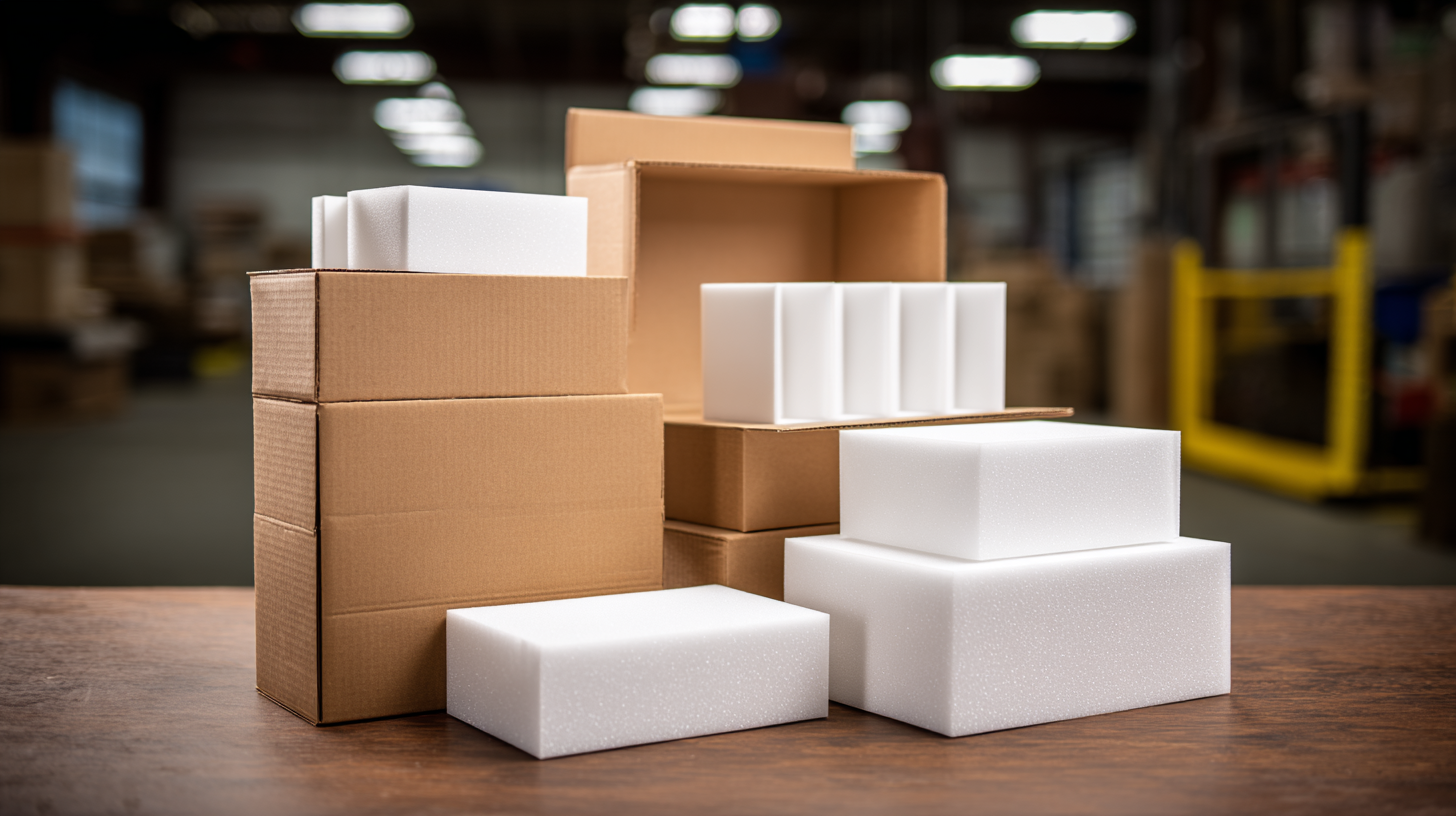
The Importance of Customization: Tailoring Foam Inserts for Maximum Product Protection
When it comes to packaging, the importance of customization cannot be overstated. Tailoring foam inserts specifically for your products not only enhances protection during transit but also ensures that each item remains securely in place. Standard packaging solutions often fall short, leaving valuable items vulnerable to damage from impacts or movement. By investing in custom foam inserts, businesses can create a snug fit tailored to the exact dimensions of their products, mitigating the risk of breakage and promoting customer satisfaction through pristine delivery.
Moreover, customized foam inserts offer an opportunity for brands to reinforce their identity. By incorporating unique designs or colors into the inserts, businesses can create a memorable unboxing experience that resonates with customers. This level of attention to detail not only showcases the commitment to delivering quality products but also aids in building brand loyalty. In a competitive market, the right foam inserts can make all the difference, ensuring that your products arrive safely and that your brand stands out in the minds of consumers.
Ultimate Guide to Choosing Foam Inserts for Boxes
This bar chart illustrates the various dimensions of foam inserts commonly used for protecting products in shipping boxes. The data highlights the most popular thickness options, which are crucial for ensuring maximum product protection.
Cost-Effectiveness of Foam Inserts: Analyzing Long-Term Benefits and Savings
When considering packaging solutions, the cost-effectiveness of foam inserts often reveals significant long-term benefits that can lead to substantial savings. According to a report by Smithers Pira, protective packaging accounts for about 24% of the total packaging market, highlighting its critical role in maintaining product integrity during shipping. Foam inserts, specifically, can reduce damages by up to 90%, resulting in lowered replacement costs and fewer customer complaints. This data emphasizes that investing in high-quality foam inserts is not just a mere expense; it is a strategic move to enhance overall operational efficiency.
Moreover, the initial investment in foam inserts pays dividends in reduced shipping costs. A study conducted by the Packaging Institute noted that optimized packaging solutions, such as custom foam inserts, minimize the void space within boxes, allowing businesses to maximize container utilization. This leads to fewer shipments and, consequently, lower freight costs. Additionally, companies that utilize custom-designed foam inserts report up to a 20% decrease in inventory loss, further supporting the argument for their cost-effectiveness. The calculated application of foam inserts can transform a company's packaging approach, bolstering both financial performance and customer satisfaction in the long run.
Ultimate Guide to Choosing Foam Inserts for Boxes: Protect Your Products with Confidence
| Inserts Type | Material Density (kg/m³) | Cost per Unit ($) | Protection Level (1-5) | Average Lifespan (Years) | Long-Term Savings ($) |
|---|---|---|---|---|---|
| Polyethylene Foam | 30 | 1.50 | 4 | 5 | 200 |
| EVA Foam | 45 | 2.00 | 5 | 6 | 250 |
| Polyurethane Foam | 25 | 1.75 | 3 | 4 | 150 |
| Cross-Linked Foam | 35 | 2.50 | 5 | 8 | 300 |
| Memory Foam | 40 | 3.00 | 4 | 7 | 280 |
Industry Standards for Packaging: Ensuring Compliance with Foam Inserts for Safety
When it comes to packaging, adhering to industry standards is crucial for ensuring the safety of your products. Compliance with regulations not only protects your items during transit but also enhances your brand’s reputation. Foam inserts offer a versatile solution that meets various safety requirements, making them an excellent choice for a wide range of products. For instance, many industries, such as electronics and pharmaceuticals, demand specific cushioning properties to prevent damage and contamination.
Tips: When choosing foam inserts, always check for certifications that align with your industry’s standards. Look for inserts made from materials that are resistant to moisture and chemicals for added protection. Additionally, consider the density and thickness of the foam; a higher density typically provides better cushioning against impacts, making it ideal for fragile items.
Furthermore, customization plays a pivotal role in compliance. Tailored foam inserts can fit your products snugly, reducing movement within the box and minimizing the risk of damage. It’s advisable to conduct tests with various insert designs to determine the most effective solution for your needs. A well-designed foam insert not only ensures product safety but also makes a strong impression on your customers.
Related Posts
-
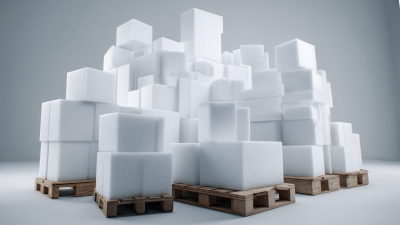
Mastering Custom Foam Packaging: A Step-by-Step Guide to Optimize Protection and Efficiency
-
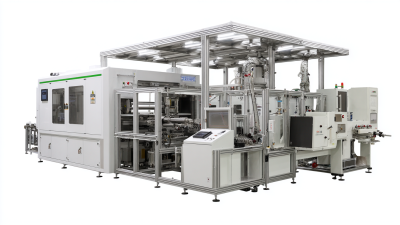
Leading Global Manufacturers of Best Vacuum Forming Machines Transforming the Industry
-

The Ultimate Guide to Choosing the Best Plastic Bins with Lids for Your Storage Needs
-

5 Essential Tips for Choosing the Perfect Pulp Wine Shippers
-
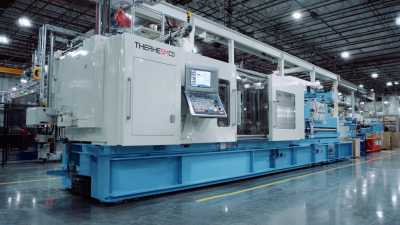
How to Choose the Best Thermoforming Solutions for Your Manufacturing Needs
-
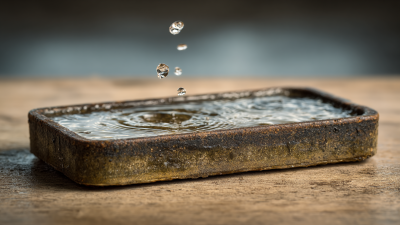
2025 Industry Trends on Best Spill Tray and How to Choose the Right One
